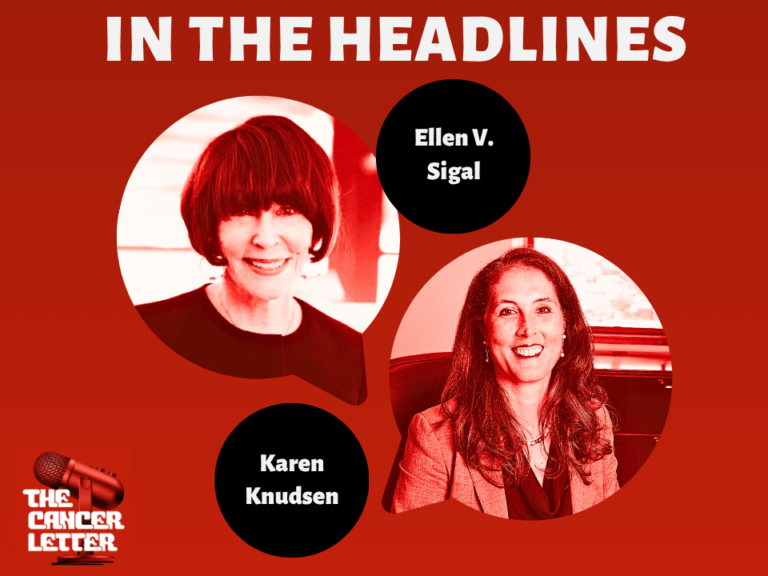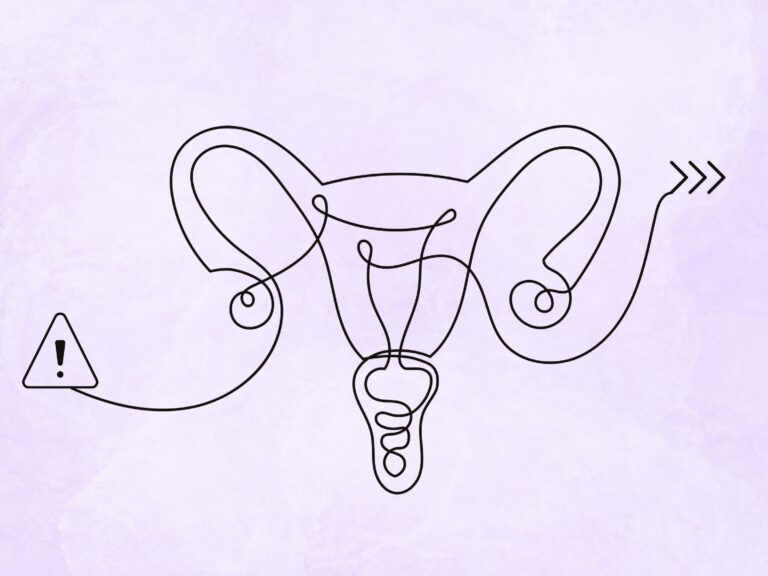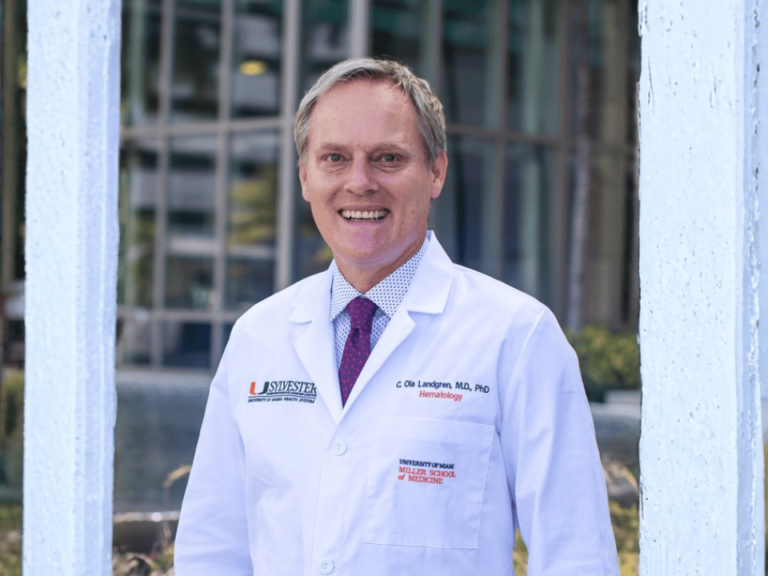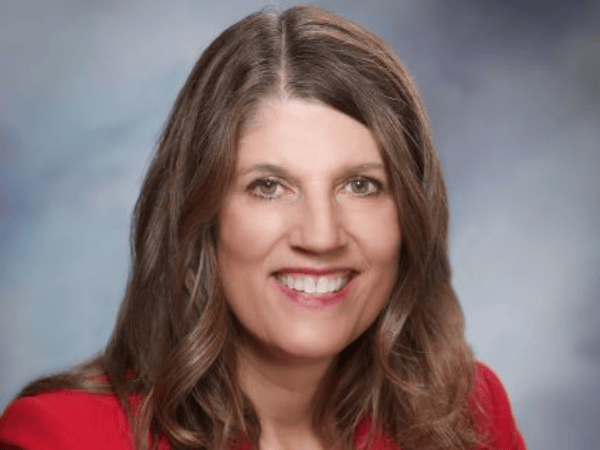Breast cancer research is big business. And the incentives in that business are designed to benefit industry, doctors and institutions, leaving patients behind. In 2018 alone, about $1 billion federal dollars were invested in institutions around the country to fund research.
The larger nonprofit foundations threw in at least $100 million more, not to mention the myriad smaller fundraisers in many communities.
And no one really knows how much industry invested. Multiply that by, say, 20 years, and you come up with a staggering number.
As patients, we give parts of our bodies to science. We lobby for research funding. We write checks and pay taxes to support it. We give those funds and those biological resources—us—to institutions and scientists, to search for drugs and other interventions to save lives.
The results of that search are often patented, then sold to industry for millions of dollars. The individual doctor and the institution benefit, as do the companies that manufacture the drugs.
But in breast cancer, these drugs rarely extend life and usually cost so much that they often bankrupt patients and the health care system.
According to one assessment of 72 new drugs arriving on the market for solid tumors between 2002 and 2014, median PFS and OS was observed to be 2.5 and 2.1, respectively. (BMJ 350; April 2015). This lucrative process encourages other researchers and institutions to repeat the same approach. With the same questionable outcomes.
In 2013, the cost of a cancer patient’s medication was, on average, $207,000 a year, compared with $54,100 in 1995. (Howard, et al, J.Econ.Perspect.2015; 29(1))
Meanwhile, the mortality rate in breast cancer began decreasing, slowly, most recently from 2011-2015 at the rate of about 1.6 percent a year, with no acceleration in the rate of decrease. (Breast Cancer Facts & Figures 2017-2018, ACS) In 1986, the year before I was diagnosed, 40,534 women died of breast cancer in this country. (1986. CDC) This year—32 years later—that number is 41,400. (Cancer Facts & Figures 2018, ACS) According to the World Health Organization, in 2018, 626,679 women around the globe will die of breast cancer. (GLOBOCAN 2018)
In breast cancer, these drugs rarely extend life and usually cost so much that they often bankrupt patients and the health care system.
At the current rate of progress, that number is projected to be 991,000 in 2040.
Yes, breast cancer is big business.
Recent press articles revealed significant payments made by industry and the millions more made on patents and sales of interests in biotechs launched by doctors and hospitals.
The chief medical officer at a major cancer center in New York was forced to resign when reports revealed he had failed to disclose millions of dollars in payments from drug and health care companies in dozens of research articles in prestigious publications.
The lack of disclosure became front page news. The many millions that changed hands is the most troubling part of that story.
Then there was more news, this time about an artificial intelligence start-up, Paige.AI—founded by three insiders at that same institution. The company was granted sole rights to 25 million patient tissue slides and pathologists’ extensive library of past work. It turns out that the institution holds an equity stake in Paige.AI, as does a member of the cancer center’s executive board, the chairman of its pathology department and the head of one of its research laboratories. Three other board members are investors.
Remember, those are tissues that came from our bodies. And this is one story at just one institution.
Big, big business. It is clear that the many millions of dollars that flow among those players skew the process and lead us to question if the real goal is to save lives or sell patent rights. Yet we all move along, rarely questioning whether this infrastructure within which we operate makes sense.
Patients and advocates cannot afford to be silent bystanders in all of this.
A key result of this focus on financial gain is that we, as patients and the public, have lost trust in this system. And that trust will not be regained by tweaking the process, issuing new disclosure rules or calling for one-sided partnerships with patients.
We are not asking for a cut of the millions. We are asking for a system that truly has the goal of saving our lives at its core.
The existing system and the relationship among researchers, doctors and other industry stakeholders demand that the system be thoroughly investigated and revamped and that advocates be at the forefront.
Why advocates?
We have no agenda other than to end breast cancer. As a patient advocacy movement, we are not here for personal financial gain or publication or patent rights or tenure or status among our peers. We feel the urgency, we live it.
The basis on which the research and health care enterprise in breast cancer is built, is you, me, all of us who have had breast cancer, the millions who will develop it, the many more millions who have been touched by it, and all of us who support its end.
Of course, many in the scientific community discuss system change using terms such as “patient centered” and “patient engagement.” They call for patient partnerships, but it seems clear that they mean something very different about our role, than we do.
Their idea of participation is to ask patients to contribute to their research with funding and their bodies, or as tokens to check a box in the conduct of their work. They want our tissue, our blood, our medical information.
We completely understand that our records and tumor samples and other biological resources are vitally important to scientific research. Not to mention the funding we give and raise and lobby for. But we should not be asked to simply be donors. We cannot just turn over those funds and our bodies to this existing system.
Trained and educated advocates with a constituency should have a significant leadership role in determining what they do with our bodies and with those funds.
In setting the research agenda and systems of care. In implementing true transparency throughout both systems. In redesigning the system at all levels.
“It is clear that the many millions of dollars that f low among those players skew the process and lead us to question if the real goal is to save lives or sell patent rights.
And not advocates whose support can be bought with a check or a token seat at the table. Real, trained advocates with a constituency, who can speak for others and have the courage to do so. Because right now the system we live in—and die in—is one that focuses on financial gain, where conflicts abound and the doctors that care for us, the scientists that pursue breast cancer and the institutions that proudly operate under the guise of a “nonprofit” too often are motivated by financial gain.
We are more than capable. NBCC educates advocates to understand the process, language and concepts of breast cancer science and research and the health care system.
We give advocates the tools to become leaders in these arenas and contribute meaningfully to decision making. Trained, educated advocates should be setting the research agenda, collaborating on research generation and conduct and helping set rules to foster transparency and minimize conflicts of interest and they should oversee their implementation.
We cannot afford to just keep playing along.












